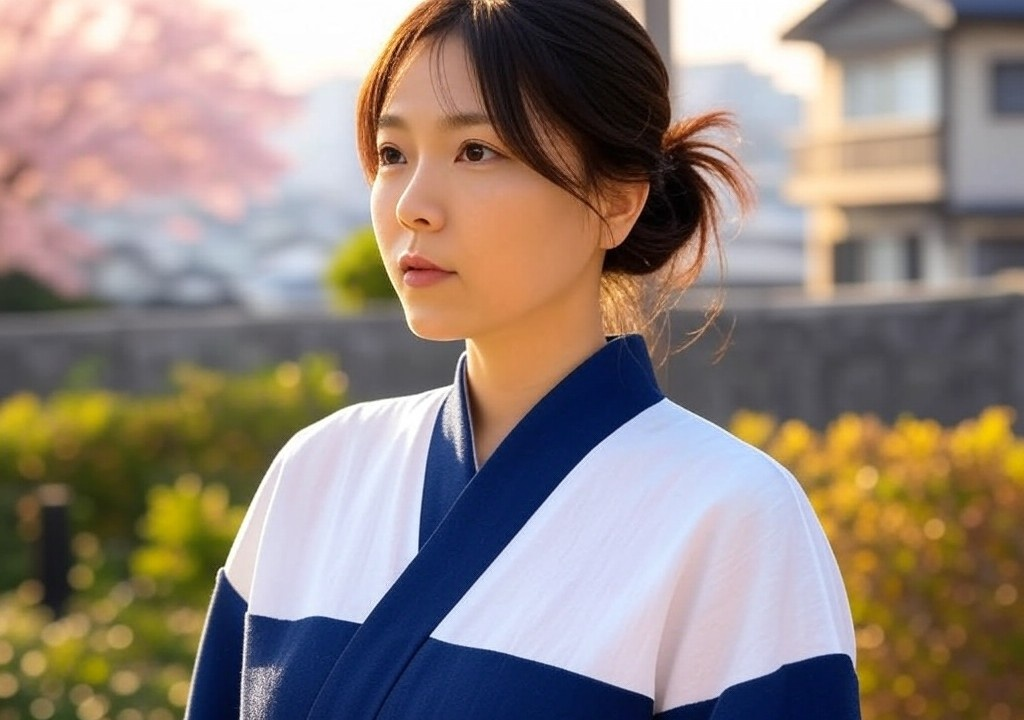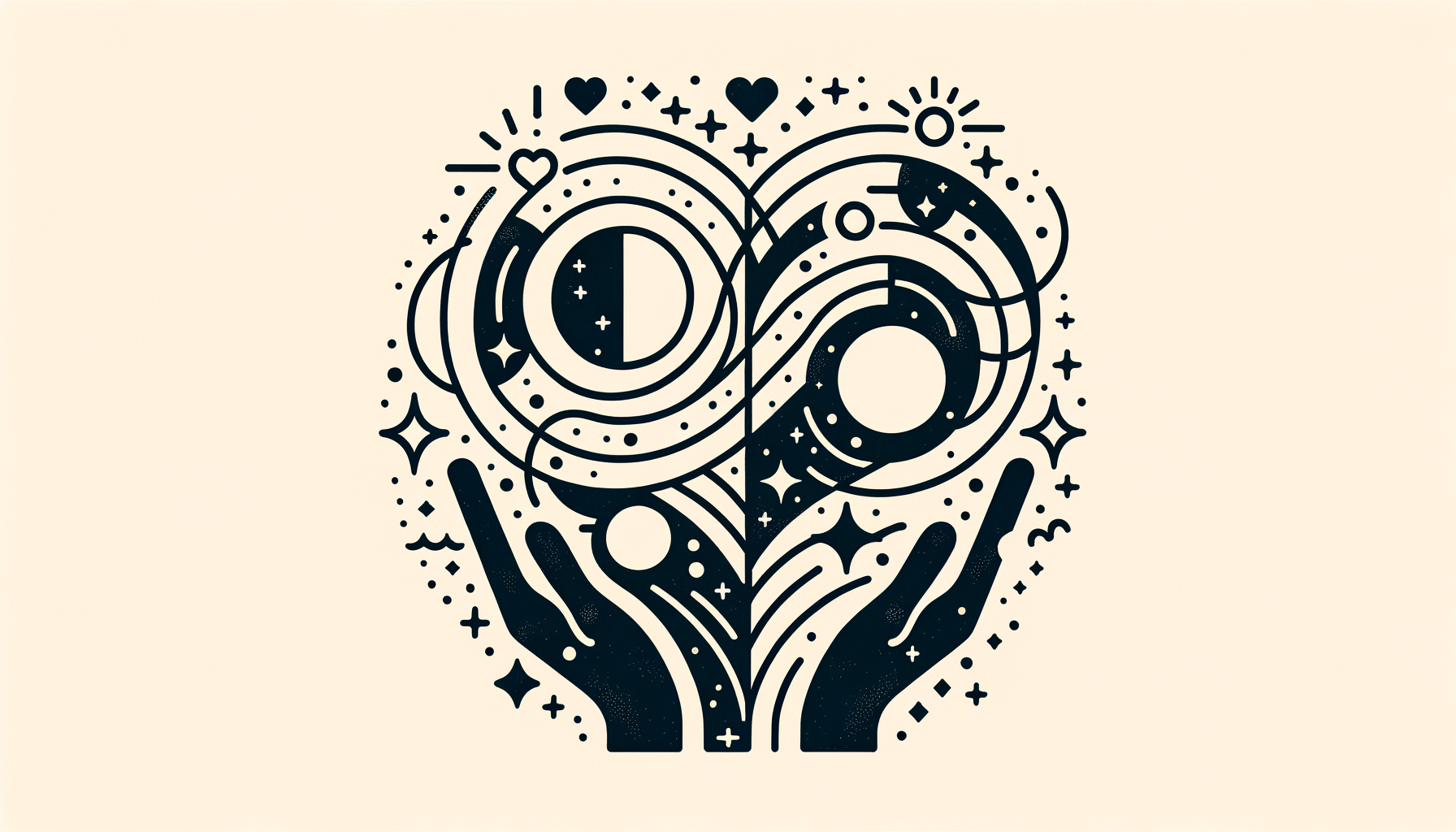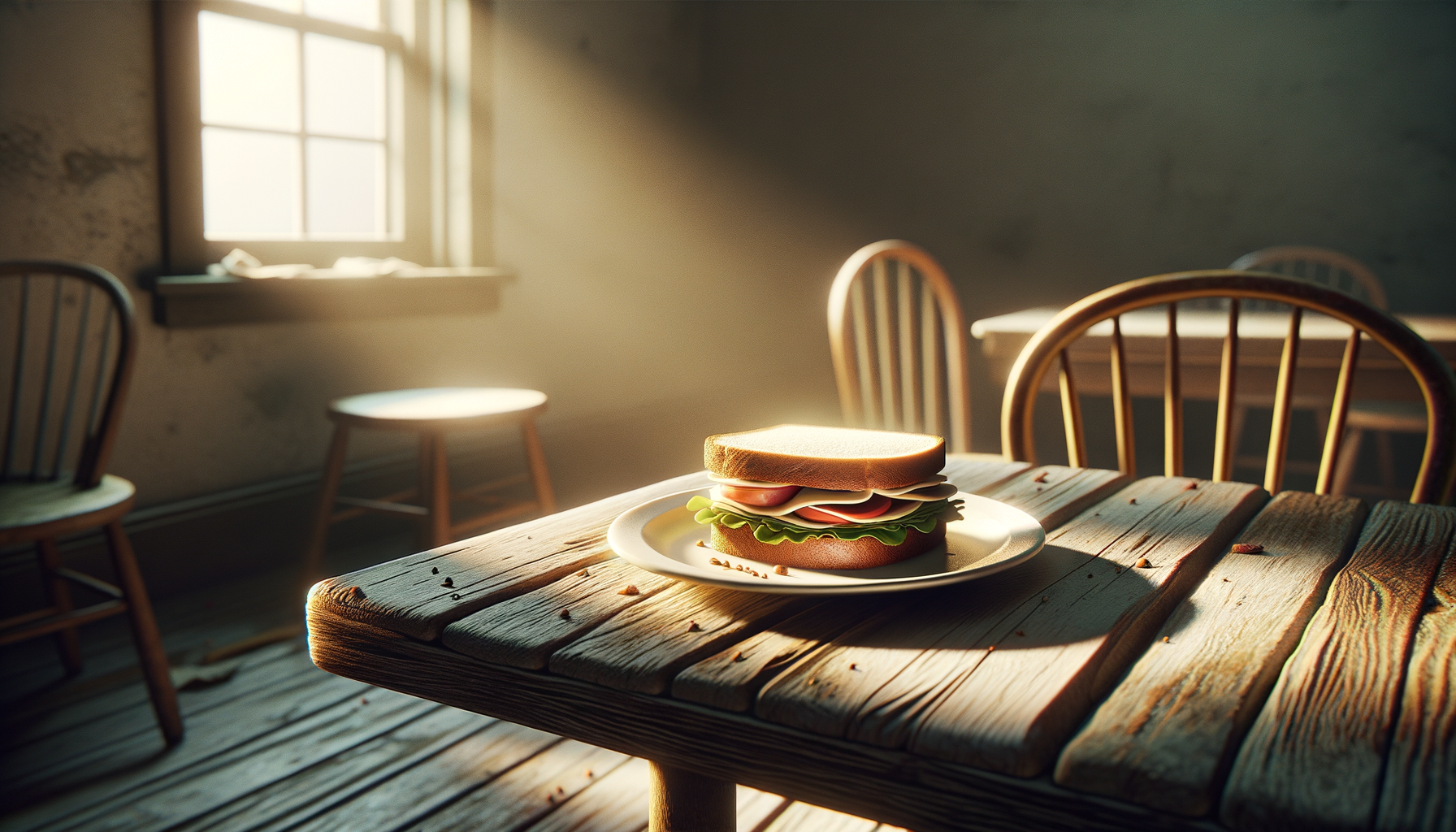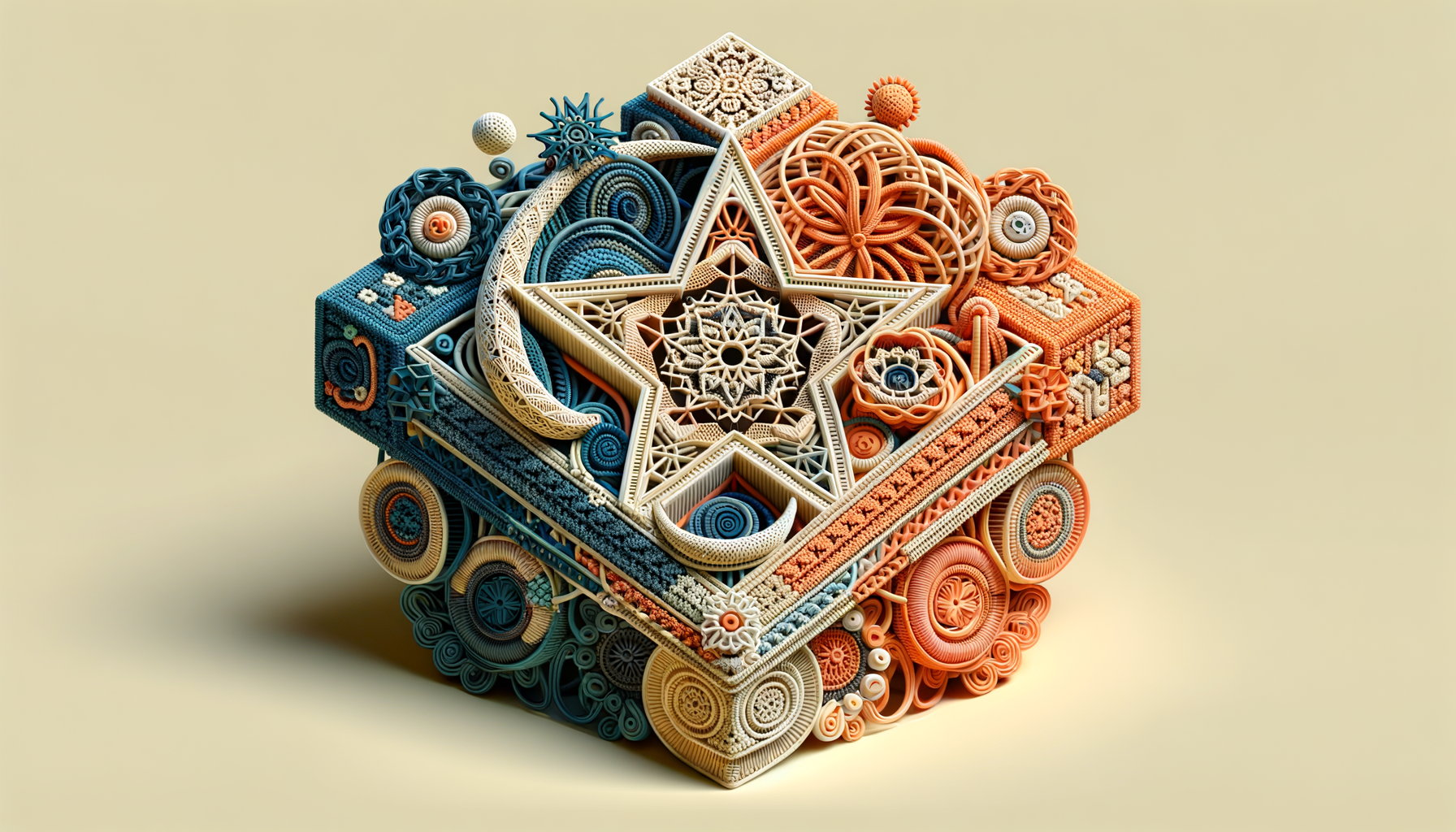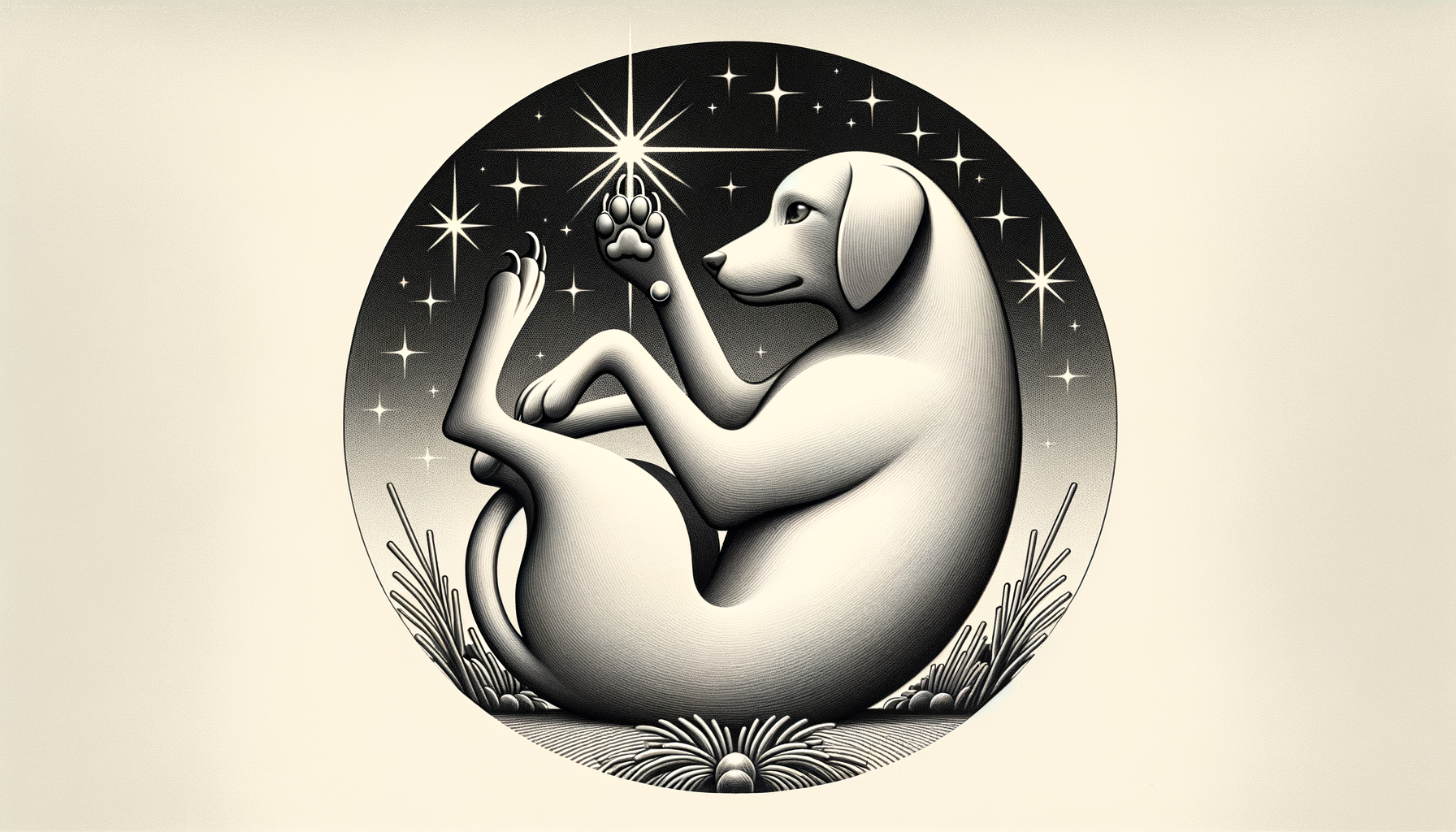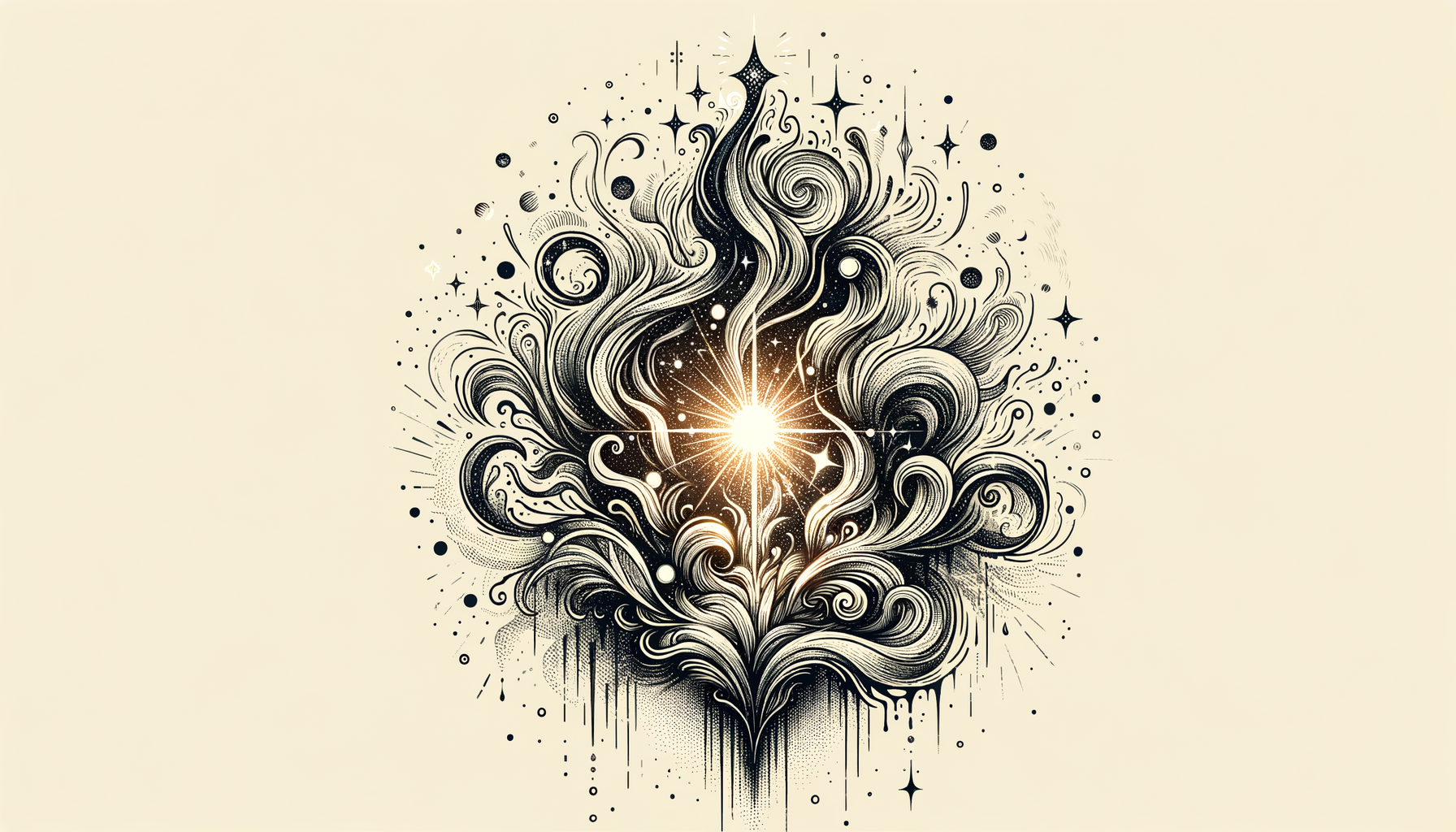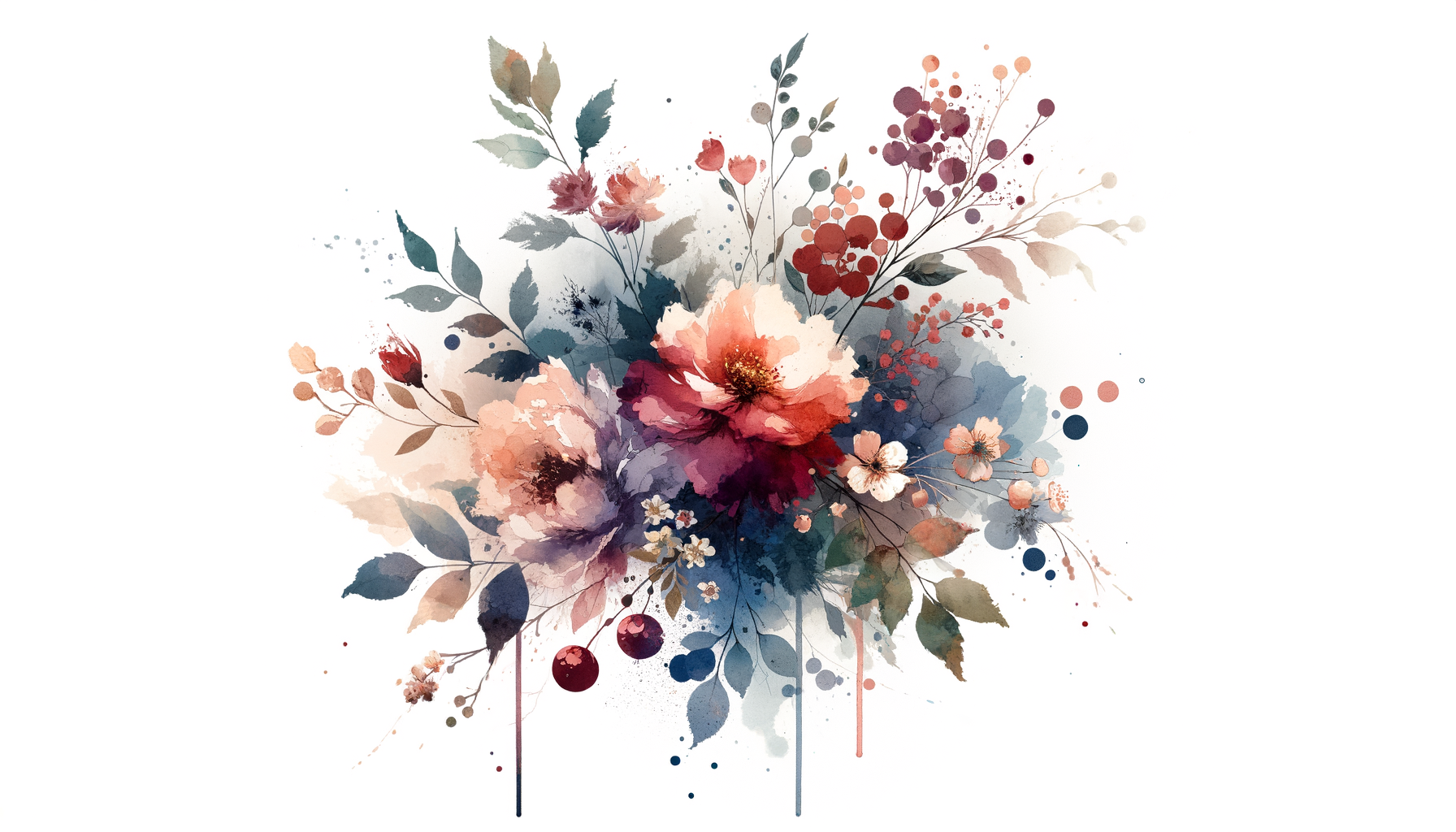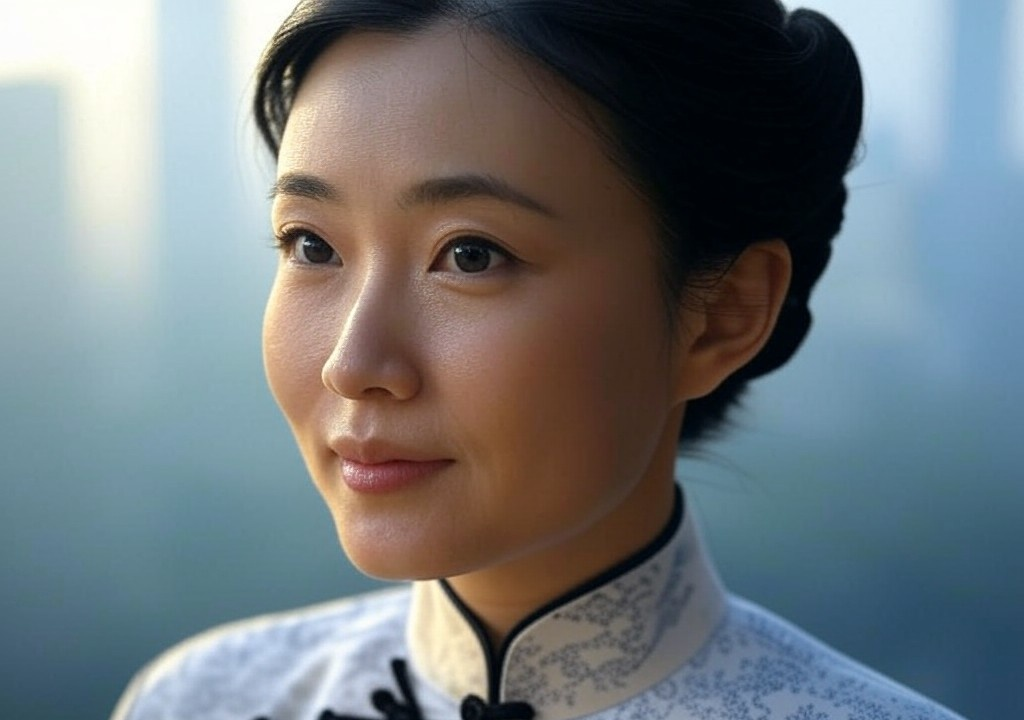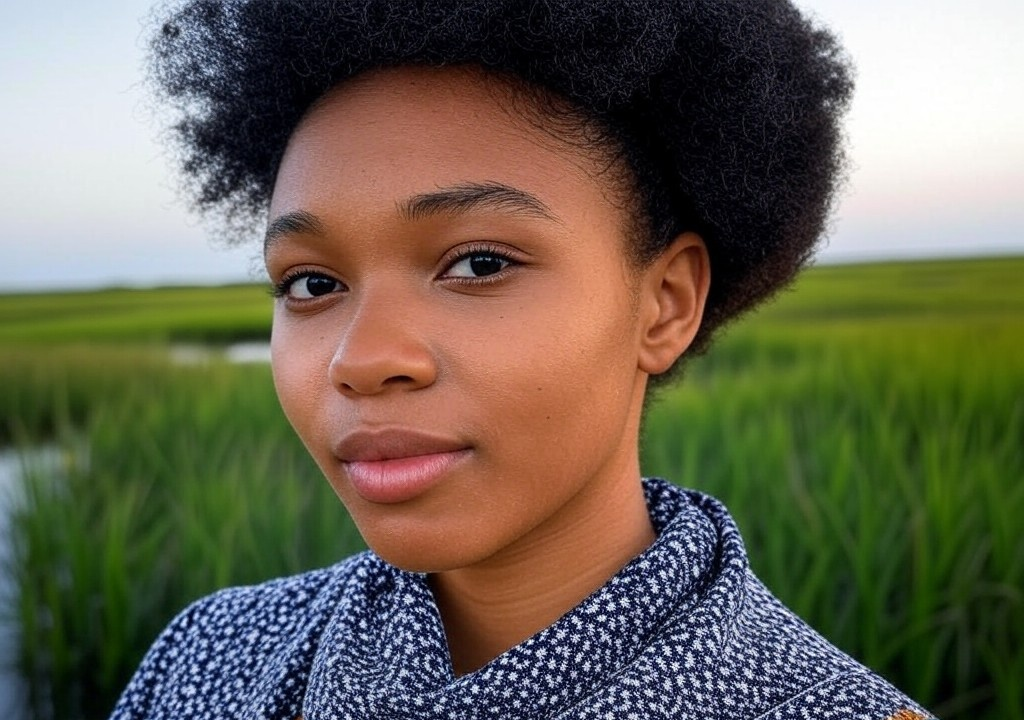Isn’t it fascinating how the most extraordinary connections can begin in the most ordinary of places? A cup of coffee shared at a tiny corner café, a casual remark during a tedious Zoom meeting, or even—dare I admit it—a chance pairing at karaoke night where you discover your duet partner knows all the words to a 90s pop hit you secretly adore. Love, like life itself, often sprouts in unexpected moments, thriving when we embrace the adventure of connection. My own journey started unremarkably enough, but it led me somewhere remarkable—perhaps even here, writing this article thinking of you.
So how did I go from a quiet suburban life to becoming someone who writes about discovering, building, and appreciating relationships for a living? It feels a bit like crafting a love story—not perfect, certainly messy, but peppered with lessons you can laugh with (and at) along the way.
Let me take you on that path: from ordinary beginnings to moments of clarity, sprinkled with a mix of humor, practical insight, and, yes, a touch of romance.
Chapter 1: Humble Beginnings, or How to Find Love in the Everyday
I grew up in what you’d call “predictable simplicity.” My family’s world revolved around cultural debates over dinner and the buzzing creativity of my mother’s floral studio. Amid this, I cradled a secret ambition: to live a life as poetic as a Murakami novel. You know, cacao-colored cats weaving through surreal landscapes, deep midnight conversations leaving your heart aching for a split second—you get the idea.
But in reality? It wasn’t that intense or cinematic. Attraction often came in quieter forms. Crushes developed over book recommendations or shared snacks at study halls. Love interests emerged, sometimes as easily as the seasonal Sakura petals floating down in spring. It was all so… normal.
And that’s exactly the point. Ordinary encounters are the breeding ground for extraordinary things. Relationships don’t always begin with neon signs or grand gestures. More often, connection starts small: a shared laugh about the weird Instagram algorithm, a meaningful glance across an otherwise uneventful workday, or even picking the same shade of blue from a paint store when redecorating.
The takeaway? Don’t underestimate the power of those mundane moments. They are groundwork for something bigger. Attention to people’s quirks, habits, and shared joys doesn’t just build attraction—it sparks worlds of possibility.
Chapter 2: A Curveball Called Change
After my time in Tokyo, I moved to Vancouver for graduate school—a cultural upheaval big enough to be its own Netflix rom-com. (Picture me lugging far too many books, awkward conversations on public transit, and endless confusion about why people here say “sorry” when they bump into you.)
Culture shock, mixed with autumn rains that Vancouver is so famous for, left me a bit lonely. But loneliness, I’ve come to learn, is both curse and teacher. It forces you to recalibrate what connection means. In Japan, people communicated intimacy through subtlety—soft gestures, unspoken acts. Here, people expressed feelings more openly, more eagerly, and I had to adjust.
These transitions, though uncomfortable, taught me this: love thrives on adaptability. Are you willing to stretch yourself, to learn new ways of giving and receiving? Relationships require this flexibility—not just with others but within your own understanding of yourself. That café you’re too shy to visit? Walk into it. That dinner date with someone “not your type”? Try it. If I hadn’t embraced the awkwardness of stepping out of my own comfort zone, I’d still be waiting at square one.
Practical tip: Keep showing up, even when your instincts resist. Love doesn’t unfold neatly within your pre-drawn lines, and that’s part of its charm.
Chapter 3: It’s Not Always Instagram-Perfect
Confession time: I used to think love resembled a gorgeously curated Instagram feed. In my Paris adventures during research for my doctorate, I imagined falling for someone by the Seine. I even pictured us discussing literature over croissants. (Cue Edith Piaf playing softly in the background.) But real life had other plans.
Instead, romance came in moments far less poetic: tangled headphones we accidentally swapped on a train ride, or a partner reminding me to send that overdue text to my mom while tidying my cluttered desk. Real connection isn’t built in picture-perfect moments; it’s born from messy, simple, beautiful humanity.
The imperfection makes it extraordinary. Flaws (yours and others’) add dimensionality and growth. Who wants a cookie-cutter romance, free of conflict or surprise, anyway? It’s those delightfully human quirks—laughing inappropriately during serious moments, mixing up your Netflix queue—that create lasting intimacy.
Think about it: Would you rather hear “Your hair’s perfect” from a stranger or “You’ve got bedhead, let me get you a coffee” from someone who really knows you? I hope it’s the latter.
Chapter 4: Be the Bloom in Your Own Bouquet
Growing up around my mother’s floral shop gave me an odd but useful metaphor for relationships. Each bouquet is a composition: some flowers take center stage, bold and loud; others add understated texture or subtle fragrance. Alone, they’re beautiful. Together? They’re breathtaking.
But you can’t rely only on others to complete the bouquet of your life. In university, while diving into art history, I found that self-discovery was its own kind of love story. Romantic relationships may add incredible colors to your world—but they shouldn’t be your sole source of brightness. By creating a fulfilling life before love finds you, you ensure the bouquet (you!) has its own vibrancy.
Whether it’s rediscovering hobbies, taking yourself on solo adventures, or just setting boundaries when it comes to emotional availability, feeding your individuality ensures you don’t lose yourself in the pursuit of someone else’s love.
Chapter 5: Connection as an Ongoing Art
When I finally started writing for others about relationships, I realized how similar it was to writing about aesthetics. Love is an art form, after all. Like paintings, relationships grow richer over time—but not without effort in their upkeep. They crack, shift, and surprise you with hidden corners you hadn’t noticed at first glance.
Approaching love like an ongoing masterpiece means welcoming imperfection, experimenting with emotion, and embracing the unknown. You can’t rush it. You can’t force symmetry. But you can immerse yourself in the process—and maybe learn that the quieter, unpolished corners of your life hold more magic than the glittery parts ever could.
The Takeaway: Your Love Story, Your Design
So, whether you’re stumbling through an awkward first date, nervously writing “we should hang out again soon” in an unclear tone, or nurturing a long-term connection that’s weathered seasons and challenges, remember: it’s your love story.
Don’t worry about ticking the boxes. You don’t have to meet someone under Parisian stars or take couple photos in matching cashmere sweaters to feel like your love life matters. It’s in the shared playlists, the unplanned hugs, the “Do-we-have-to-fold-laundry-right-now” debates that intimacy thrives.
Extraordinary relationships don’t demand extraordinary beginnings. Start small. Stay curious. Lead with your beautiful, imperfect self—and perhaps, just perhaps, magic will follow. After all, the journey from ordinary to extraordinary isn’t a straight line—it’s a winding road filled with plenty of surprises, detours, and, best of all, joy.


